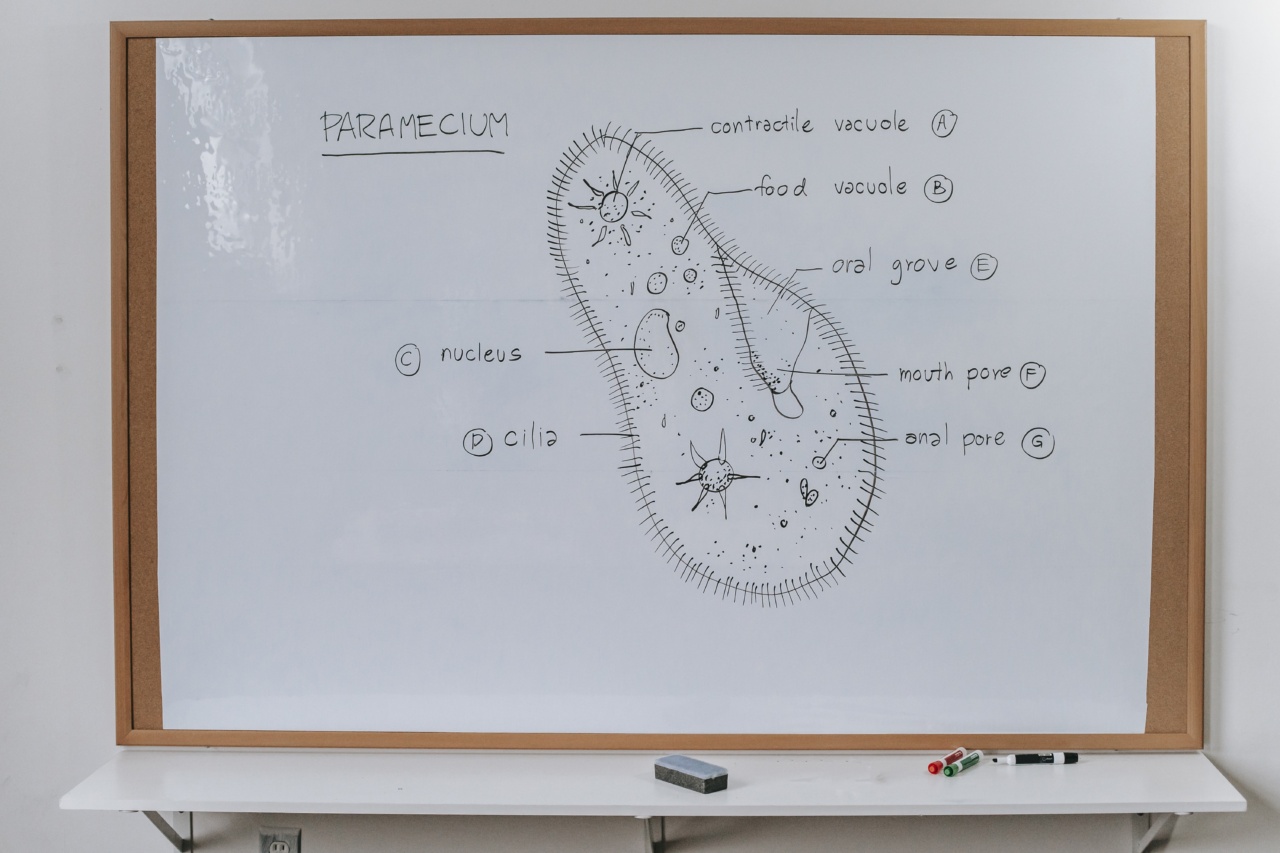Numbness in the hands can be a concerning symptom that can interfere with daily activities. It is important to understand the various factors that can contribute to this sensation.
This article aims to explore the anatomy of numb hands and identify 18 possible triggers. Illustrated examples will help in better understanding these triggers.
1. Carpal Tunnel Syndrome
Carpal tunnel syndrome is a common condition that occurs when the median nerve, which runs from the forearm to the hand, becomes compressed at the wrist. This compression can lead to numbness, tingling, and weakness in the hand.
Illustration 1 demonstrates a cross-section of the wrist, highlighting the location of the carpal tunnel.
2. Cubital Tunnel Syndrome
Cubital tunnel syndrome is similar to carpal tunnel syndrome but affects the ulnar nerve, which runs along the inner side of the elbow. The compression of this nerve can cause numbness and tingling in the ring and little fingers.
Illustration 2 showcases the path of the ulnar nerve and the potential entrapment sites.
3. Thoracic Outlet Syndrome
Thoracic outlet syndrome occurs when the nerves or blood vessels in the space between the collarbone and first rib become compressed, leading to numbness and tingling in the hands. Illustration 3 depicts the area where compression may occur.
4. Peripheral Neuropathy
Peripheral neuropathy is a condition that affects the nerves outside of the brain and spinal cord. It can cause numbness, tingling, and weakness in the hands and feet. Illustration 4 provides an illustration of the peripheral nerves.
5. Diabetes
Diabetes can lead to peripheral neuropathy, which can result in numbness and tingling in the hands. Proper blood sugar control is crucial in managing this condition. Illustration 5 shows the relation between diabetes and peripheral neuropathy.
6. Raynaud’s Disease
Raynaud’s disease is a disorder that affects blood circulation, causing episodes of numbness and discoloration in the fingers and toes when exposed to cold or stress.
Illustration 6 depicts the narrowing of blood vessels during an episode of Raynaud’s disease.
7. Cervical Disc Herniation
Cervical disc herniation occurs when one of the spinal discs in the neck ruptures or bulges, pressing on the nerves and leading to numbness and weakness in the shoulder, arm, and hand.
Illustration 7 demonstrates the location of a herniated disc in the cervical spine.
8. Brachial Plexus Injury
A brachial plexus injury refers to damage to the bundle of nerves that originate in the neck and control the movements and sensation of the shoulder, arm, and hand. Such injuries can cause numbness and weakness.
See illustration 8 for a visual representation of the brachial plexus.
9. Multiple Sclerosis
Multiple sclerosis (MS) is an autoimmune disorder that affects the central nervous system. It can lead to numbness and tingling sensations in various parts of the body, including the hands.
Illustration 9 showcases the potential involvement of the nerves in MS.
10. B12 Deficiency
Vitamin B12 deficiency can result in peripheral neuropathy, causing numbness, tingling, and weakness in the hands. Ensuring an adequate intake of B12 through diet or supplements is essential.
Illustration 10 highlights the role of vitamin B12 in nerve function.
11. Hypothyroidism
Hypothyroidism occurs when the thyroid gland does not produce enough hormones. This condition can lead to peripheral neuropathy, resulting in numbness and tingling in the hands and feet.
Illustration 11 demonstrates the relation between hypothyroidism and peripheral neuropathy.
12. Lyme Disease
Lyme disease is a tick-borne illness that can cause peripheral neuropathy, resulting in numbness, tingling, and weakness in the hands. Illustration 12 showcases the potentially affected nerves in Lyme disease.
13. Lupus
Lupus is an autoimmune disease that can affect multiple organs, including the nerves. This can lead to numbness and tingling in the hands. Illustration 13 depicts the potential impact of lupus on the nerves.
14. Rheumatoid Arthritis
Rheumatoid arthritis is an inflammatory condition that primarily affects the joints. It can lead to peripheral neuropathy, causing numbness, tingling, and weakness in the hands.
Illustration 14 showcases the relationship between rheumatoid arthritis and peripheral neuropathy.
15. Hyperventilation Syndrome
Hyperventilation syndrome is a breathing disorder that occurs due to rapid and shallow breathing. It can lead to changes in blood chemistry, causing numbness and tingling in the hands and around the mouth.
Illustration 15 demonstrates the breathing pattern associated with hyperventilation syndrome.
16. Hand-Arm Vibration Syndrome
Hand-Arm Vibration Syndrome (HAVS) occurs due to long-term exposure to vibrating tools or machinery, leading to numbness, tingling, and reduced grip strength in the hands. Illustration 16 showcases the potential impact of HAVS on the hand-arm region.
17. Ulnar Nerve Entrapment
Ulnar nerve entrapment occurs when the ulnar nerve becomes compressed or irritated, resulting in numbness and tingling in the ring and little fingers. Illustration 17 highlights the specific areas where ulnar nerve entrapment commonly occurs.
18. Radial Nerve Entrapment
Radial nerve entrapment can occur when the radial nerve, responsible for the movement and sensation of the forearm and hand, becomes compressed or injured. This can cause numbness and weakness in the hand and wrist.
See illustration 18 for an understanding of potential radial nerve entrapment sites.






























